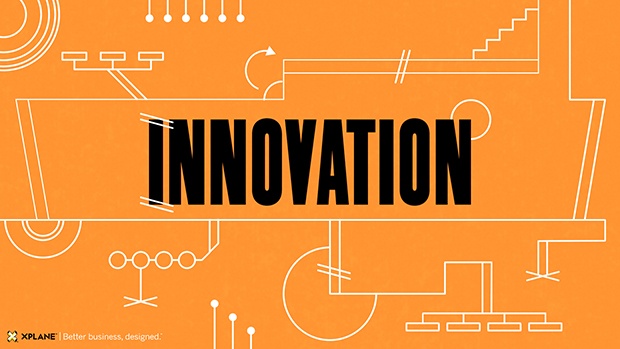By Parker Lee
President, XPLANE
In our last post, we explored how to adapt to the Business 3.0 era with Success Skill #1: “Deliver A Straightforward Strategy.” Here we examine Success Skill #2 in detail. The Series supports the release of our video, “Did You Know? 6.0: Change to Thrive.”

Success Skill #2: Execution and Process: Innovate and Respond.
Executing well is everything.
Execution is a notorious and perennial challenge. Despite good intentions, nearly 7 in 10 change initiatives fail. 29% of change initiatives are launched without any formal structure, dooming them to failure from the outset.
Surprisingly, the simple awareness of the need to be prepared and proactive about change is not the issue: 80% of CEOs anticipate substantial or very substantial change within the next three years. But they rated their ability to manage change 22% lower than their expected need for it. The importance of executing well cannot be overstated, given the fragile state of the majority of change management undertakings.
P&G: will to innovate pays off.
Procter & Gamble (P&G) has long recognized innovation as the backbone of the company’s growth and has built it into the fabric of its operations.
- P&G spends close to $2 billion annually on R&D, approximately 50% more than its closest competitor. Each year it invests another $400 million in foundational consumer research towards innovation, carrying out some 20,000 studies involving more than 5 million consumers in nearly 100 countries.
- Though a 177-year-old company, it maintains its rank as one of the most innovative global companies (#24). In the face of global economic volatility and dwindling consumer confidence, P&G maintains a commitment to the new, driving enduring business growth.
Kodak: failure to develop.
In stark contrast, Kodak’s decline and fall demonstrates the failure to establish the appropriate buffers to keep competition from imitating and replicating one’s strategy, and a failure to deploy corporate resources and capabilities to emerging market opportunities. Kodak’s core film business was threatened, and it had a 15-year head start to figure out its response but couldn’t capitalize.
Kodak faced the “technological discontinuities challenge.” When new technologies emerge, competition is fierce, threatening core business models and profit margins. Kodak did not take decisive action to combat these transformative challenges.
Understanding the value of innovation and the proper execution of strategy is essential. Two tips:
- Much more than an occasional creative eruption, innovation is the engine of long-term business growth. To generate consistent returns and sustain performance, companies must continually refresh their portfolio of offerings and the business models that drive them.
- Clear understanding of organizational change—and defining how change is executed—
makes companies more than twice as likely to be successful in sustaining positive change within their business.
In upcoming fourth post of the five-part Did You Know? Series, we explore the next Success Skill: “Open Culture, Engaged Employees.”
